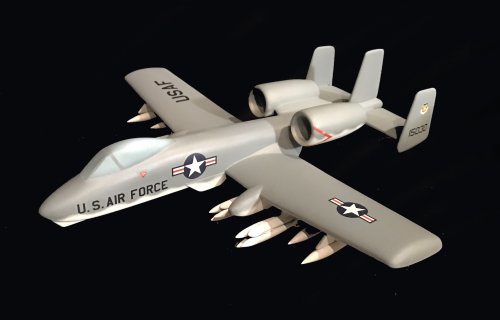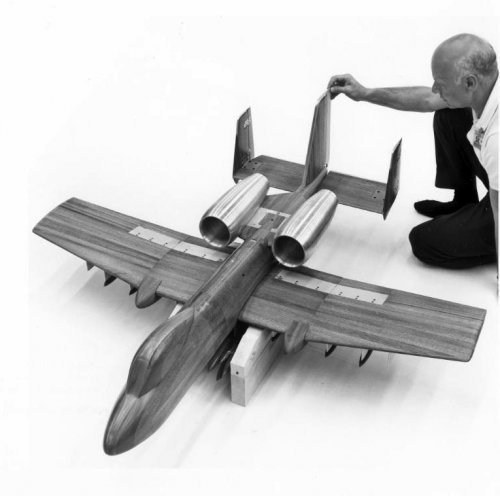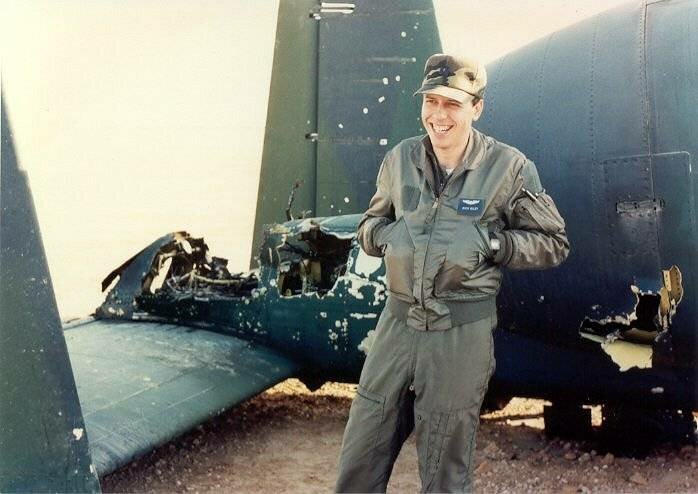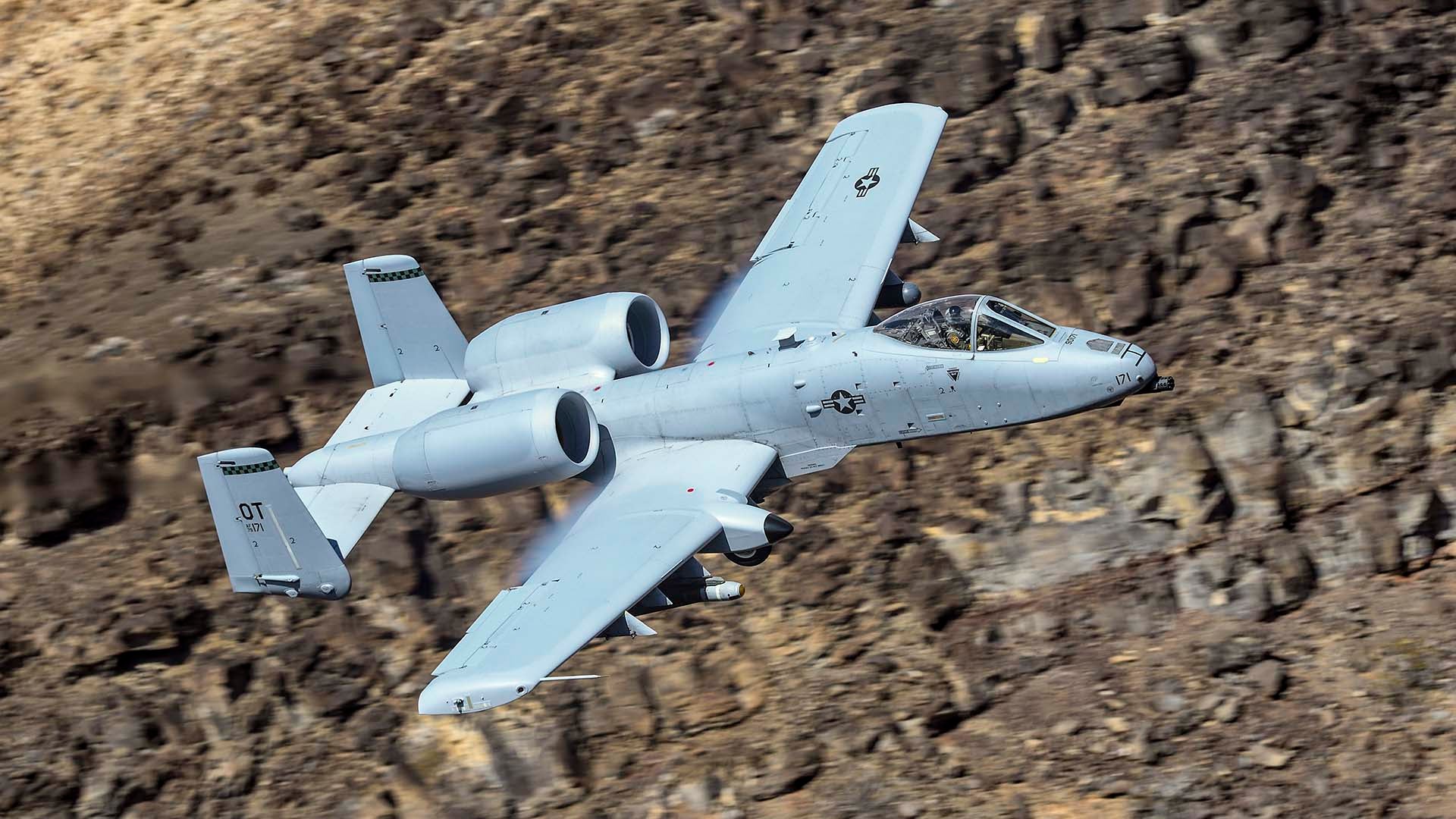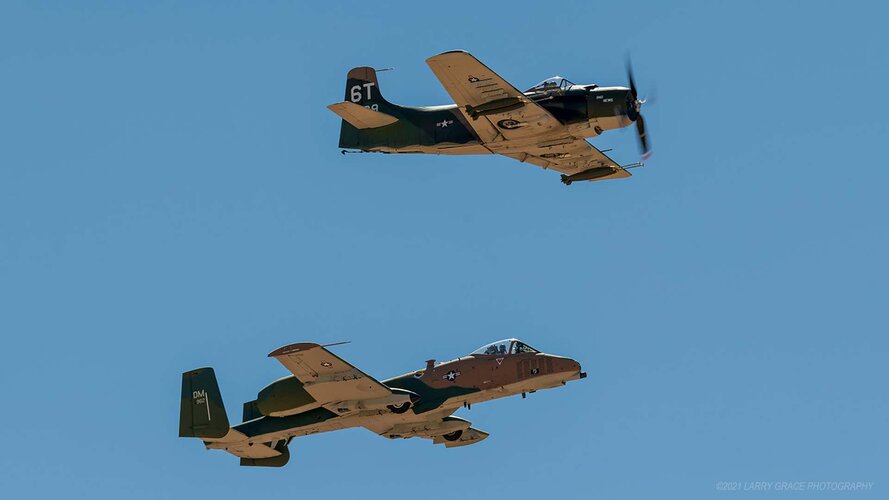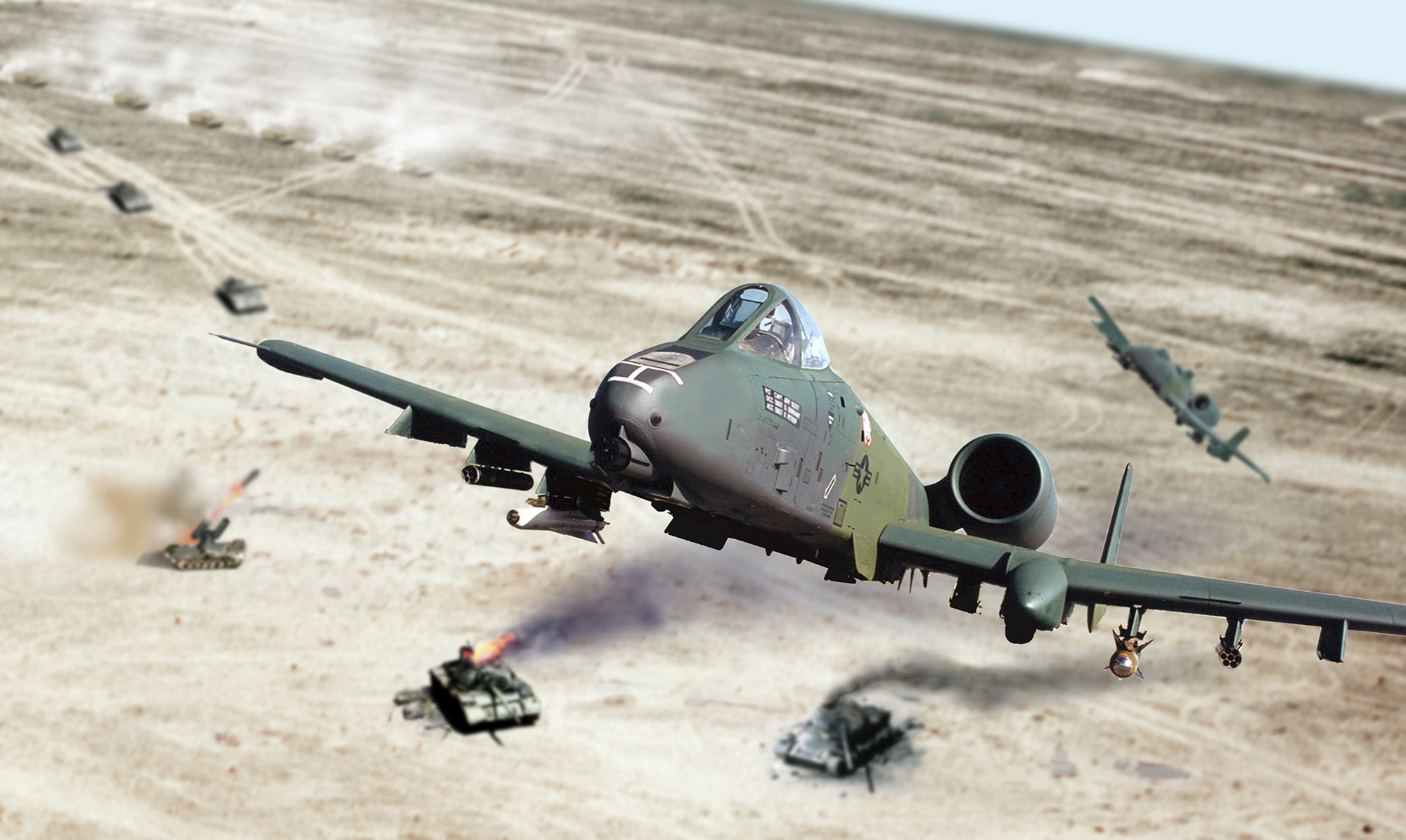Does this mean that the A-10 Thunderbolt II has been saved from the budget cutting block?
"Northrop Grumman Awarded U.S. Air Force A-10 TLPS Task Orders"
Published November 19, 2013 | By Marcel van Leeuwen
Source:
http://www.aviationnews.eu/2013/11/19/northrop-grumman-awarded-u-s-air-force-a-10-tlps-task-orders/
"Northrop Grumman Awarded U.S. Air Force A-10 TLPS Task Orders"
Published November 19, 2013 | By Marcel van Leeuwen
Source:
http://www.aviationnews.eu/2013/11/19/northrop-grumman-awarded-u-s-air-force-a-10-tlps-task-orders/
The U.S. Air Force has awarded Northrop Grumman Corporation two task orders under the A-10 Thunderbolt Life Cycle Program Support (TLPS) indefinite delivery, indefinite quantity contract vehicle. The total value of the task orders is nearly $24 million.
“Northrop Grumman is proud to continue to support the Air Force’s premier ground attack aircraft,” said John Parker, director, Northrop Grumman’s global logistics and modernization business unit. “Our focus is to always provide our customer with the highest level of engineering services possible to ensure superior program performance. We look forward to continuing our work with the Air Force and the A-10 Thunderbolt.”
Under the terms of the four-year aircraft structural integrity program (ASIP) Modernization V task order, Northrop Grumman and its teammates will support the A-10 ASIP modernization program on tasks required to keep the A-10 weapon system viable through 2028 and beyond. Teammates for ASIP include Southwest Research Institute, San Antonio. Texas; University of Dayton Research Institute, Dayton, Ohio; Borsight Inc., Ogden, Utah; and Prime Machine Inc., Salt Lake City.
Northrop Grumman will rely on its A-10 original equipment manufacturer experience for the two-year ASIP Legacy V task order, which will include tasks related to the original development and manufacture of the A-10. These tasks include damage tolerance analysis, materials testing, probabilistic and risk analysis, and stress and thermal analysis.
“Winning these task orders demonstrates our customer’s confidence in our ability to manage the extremely important engineering and logistics tasks required to keep the aircraft structure flight-ready throughout its lifecycle,” said David Gustafson, site and program manager, Northrop Grumman Clearfield aircraft engineering services center.
Northrop Grumman press release.

